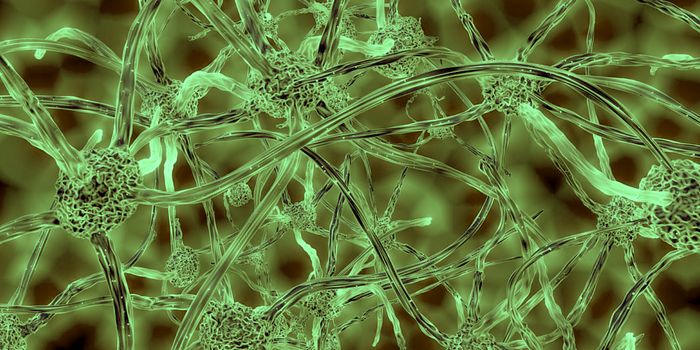Bilingualism from an Early Age May Boost Brain Connectivity
A new study found that bilingualism- especially from a younger age- is linked to more efficient brain connectivity. The study improves our understanding of how bilingualism influences the brain. The findings were published in Communications Biology.
Previous research shows that acquiring a second language may have a positive effect on various aspects of cognition, including working memory, cognitive control, and attention. Research even demonstrates that it may improve prognosis following stroke, possibly by enhancing cognitive reserve. Significant evidence further suggests that bilingualism shapes the brain at the functional and structural level- and that these effects- while most prominent when language acquisition occurs during childhood- are visible when languages are learned later in life too.
Increasing amounts of research centers around the role of cortico-cerebellar circuits in bilingual language processing. However, until now, how the cerebellar system is impacted by language acquisition at various ages remains relatively less understood. To understand more about this, the researchers behind the current study examined the brains of bilingual participants who differed in age of language acquisition.
To do so, they recruited 151 participants who spoke English, French, or both languages. Altogether, 19 participants were monolingual. The remaining participants were bilingual and varied in the age of language acquisition. For the study, the researchers scanned all participants using resting-state functional magnetic resonance imaging (fMRI) to record whole-brain activity.
"Our work suggests learning a second language during childhood helps build a more efficient brain organization in terms of functional connectivity," said first author of the study, Zeus Gracia Tabuenca Ph.D., of the Department of Statistical Methods at the University of Zaragoza, Spain, in a press release.
"The results indicate that the earlier the second language experience, the broader extent of brain areas involved in neuroplasticity. That's why we are observing higher connectivity of the cerebellum with the cortex in earlier exposures to a second language."
The researchers wrote that these findings correspond with an emerging body of research suggesting that brain regions do not work in isolation and that, instead, they interact with one another to achieve complex language comprehension, production, and support functions.
They noted, however, that it is not clear how the findings may generalize to other bilingual groups or contexts where bilingual experience may be modulated by factors such as immigrant or socioeconomic status. They added that it remains unknown how the neural pathways observed would be affected by the acquisition of multiple languages and specifics of language pairings.
Sources: Science Daily, Communications Biology









